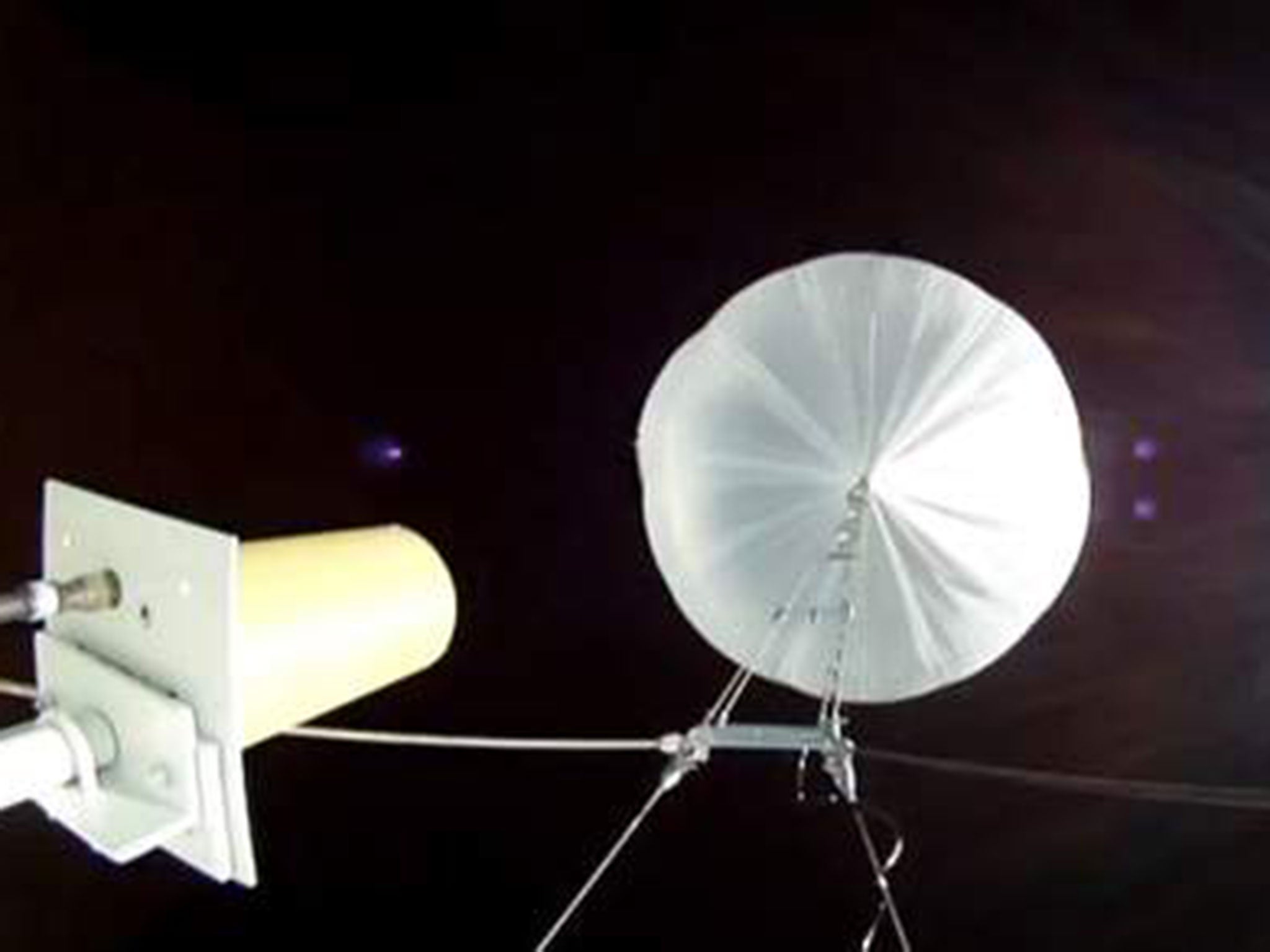Watch NASA launch a new 'Supersonic Flying Saucer'
The Low Density Supersonic Decelerator imitates the rapid inflation technique of the Hawaiian puffer fish

Your support helps us to tell the story
From reproductive rights to climate change to Big Tech, The Independent is on the ground when the story is developing. Whether it's investigating the financials of Elon Musk's pro-Trump PAC or producing our latest documentary, 'The A Word', which shines a light on the American women fighting for reproductive rights, we know how important it is to parse out the facts from the messaging.
At such a critical moment in US history, we need reporters on the ground. Your donation allows us to keep sending journalists to speak to both sides of the story.
The Independent is trusted by Americans across the entire political spectrum. And unlike many other quality news outlets, we choose not to lock Americans out of our reporting and analysis with paywalls. We believe quality journalism should be available to everyone, paid for by those who can afford it.
Your support makes all the difference.Footage has been released by Nasa of its latest space project, a new “supersonic flying saucer”.
The video of the saucer, which was launched from Hawaii on the 28 June, shows it being propelled 120,000ft into orbit by a giant balloon.
The device, officially named Low Density Supersonic Decelerator, imitates the rapid inflation technique of the Hawaiian puffer fish, and is part of Nasa’s attempts to try and protect its spacecraft during landings in space.
It is hoped that this new technique will reduce the speed of spacecraft on landings making it easier for Nasa to land craft on planets like Mars.
On landing, the new technique makes it possible to reduce a spacecraft’s speed from four times the speed of sound to two and a half times the speed of sound.
Currently, parachutes several times the size of those used for landings on earth are needed to land NASA’s Curiosity Rovers craft on Mars.
However, for future Nasa missions, spacecraft much heavier than the one-ton Curiosity Rover will be needed, and a new reduced landing speed will be essential for this.
Join our commenting forum
Join thought-provoking conversations, follow other Independent readers and see their replies
Comments